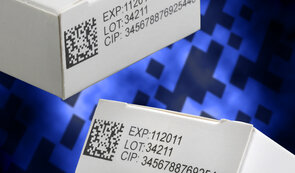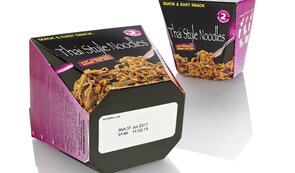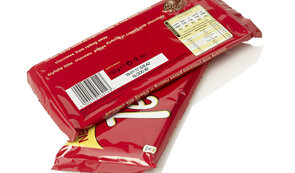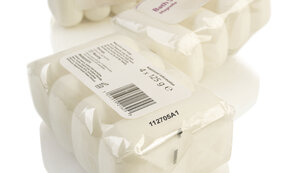So what are the best printing technologies to use?
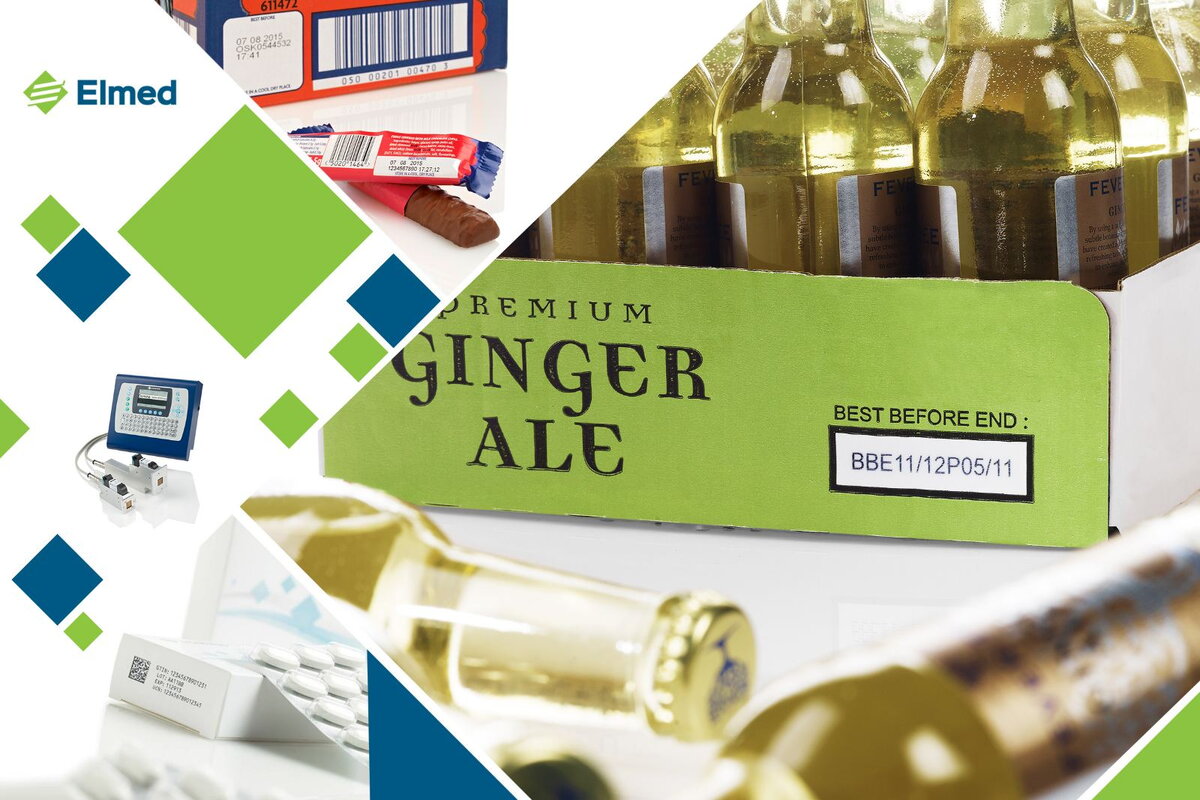
Thermal inject printers are perfect for the rigorous demands. Before we explain why, let’s take a quick look at the other technologies. Laser printing offers indelible codes at high production speed. It can handle a variety of applications too. Unfortunately it doesn’t work with all substrates, meaning it won’t offer the flexibility required when working with food packaging.
An alternative is continuous inkjet printing, the default option for many manufacturers. It certainly meets the minimum requirements. But as food brands chase increasing levels of clarity and detail, the industry will soon begin bumping against the upper limits of what this technology can achieve. As for wax jet operations, they are unsuitable for food packaging printing thanks to lengthy start-up times and low print quality.
So what makes thermal Inkjet printing so good?
1. High quality
Printing clarity has become a major factor for food manufacturers. Thermal Inkjet (TIJ) printing offers extremely high resolution - up to 600 dpi.
2. High speed
Maintaining efficiency on the production line requires printers that provide quality at high speed. With TIJ, that’s exactly what you get.
3. Flexibility
Think about all the different types of food packaging you see in the supermarket. That diversity is set to grow further as manufacturers seek to differentiate their brands from one another. TIJ works with a wide variety of substrates. And the hundreds of nozzles within each print head mean that TIJ is capable of applying alphanumeric text (true-type fonts), graphics, logos, QR codes, 2D data matrix codes and more.
4. Fully-certified
Printing specialists have pioneered water and ethanol-based inks that are fully certified for use in food environments - fast-drying and ready for a variety of substrates and applications.
5. No smudging, no scratches
Traceability is critical in the food industry. The integrity of coding and labelling cannot be compromised. TIJ bonds the inks mentioned above to the package substrate for permanent, scratch-resistant print capable of withstanding the rigours of transport and handling.
6. Easy to integrate
Disruption to the production line means disruption to your output. TIJ systems are easy to use, easy to integrate with legacy technology and get up to speed fast.
The key to success when it comes to printing on food packaging is to keep things efficient and safe. For the lowdown on coding and labelling in today’s food manufacturing industries.

